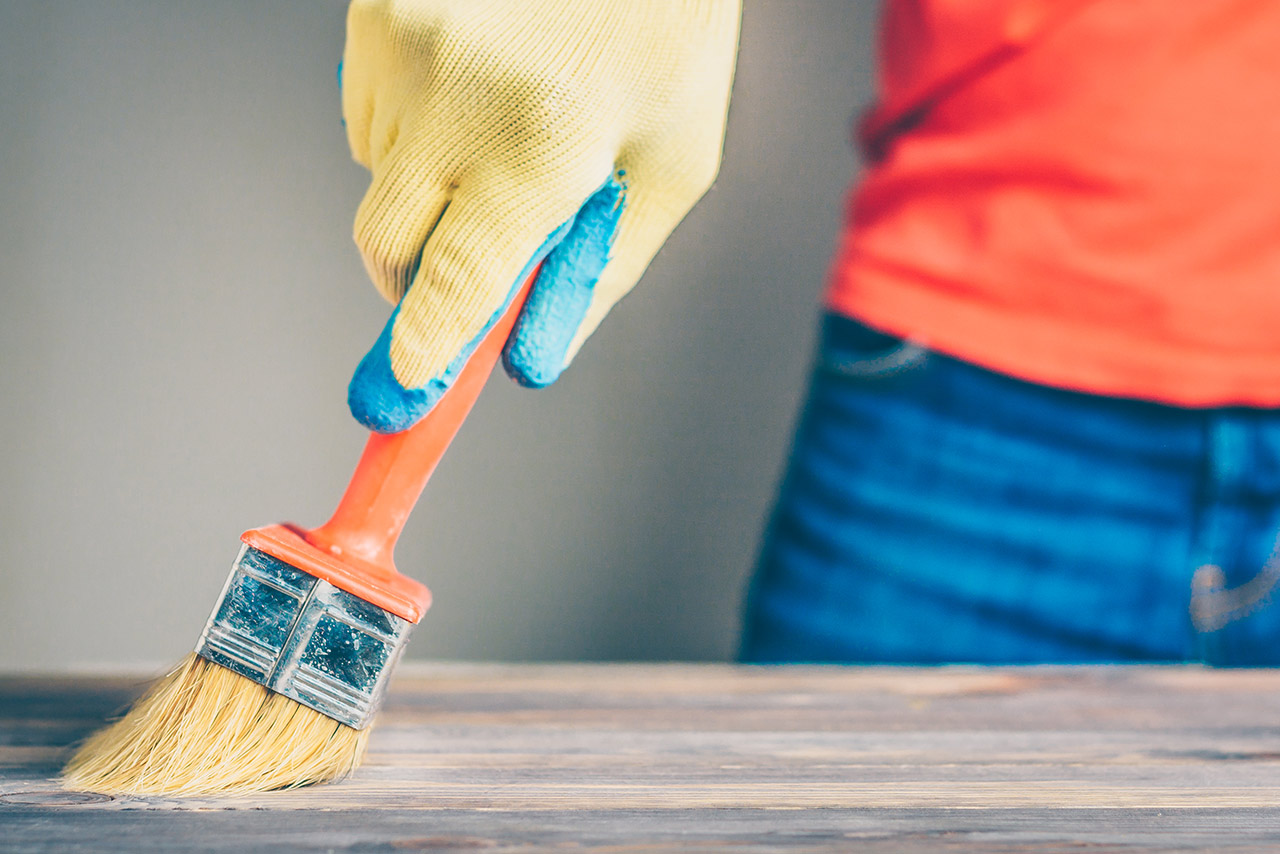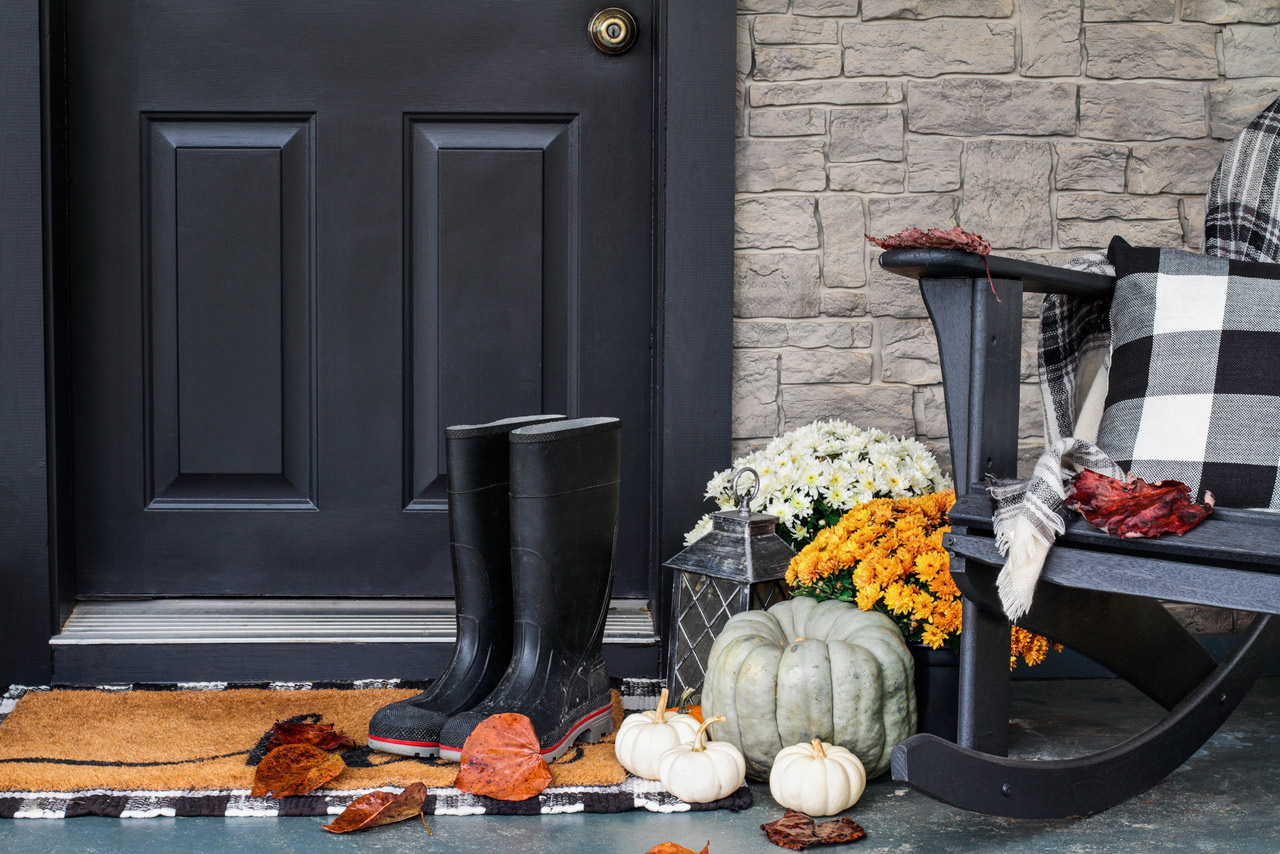From Worn to Wow: Step-by-Step Furniture Revamps for Beginners

If your furniture is looking a little tired—or you simply want to refresh your home’s style—DIY refurbishing is one of the most rewarding (and affordable!) ways to give your space new life. You don’t need professional tools or advanced skills. With a few simple techniques and a bit of creativity, you can turn worn-out pieces into beautiful, eye-catching furniture you’ll be proud to show off.
Ready to transform what you already own? Here’s a beginner-friendly, step-by-step guide to taking old furniture from worn to wow.
Why Try DIY Furniture Revamping?
Revamping furniture offers big benefits:
- It saves money compared to buying new pieces
- You can customize the style to match your home
- It’s environmentally friendly—less waste, more reuse
- You get the satisfaction of creating something unique
Plus, small changes can completely refresh the look of a room.
Step-by-Step Furniture Revamps for Beginners
1. Pick the Right Piece
Start with something simple. Ideal beginner pieces include:
- Side tables
- Nightstands
- Dressers
- Coffee tables
- Dining chairs
Look for solid construction and minimal damage. If a piece is wobbly or heavily cracked, save it for a time when you’re ready for a bigger challenge.
2. Clean and Prep the Surface
Good prep is the secret to a smooth, long-lasting finish.
Steps:
1. Wipe everything down with warm soapy water or a mild degreaser.
2. Remove any hardware (handles, hinges, knobs).
3. Lightly sand all surfaces with 120–220 grit sandpaper to help paint or stain stick.
This foundation makes all the difference in your final result.
3. Make Small Repairs
Before decorating, fix anything that needs a quick touch.
Simple beginner fixes:
- Tighten loose screws
- Fill dents or scratches with wood filler
- Re-glue loose joints
- Replace missing or damaged hardware
These little repairs help your finished piece feel sturdy and fresh.
4. Prime & Paint for an Instant Makeover
Painting is the easiest and most dramatic way to transform furniture.
How to paint like a pro (even if you’re a beginner):
1. Apply primer, especially if the surface is glossy.
2. Use a foam roller or high-quality brush for a smooth finish.
3. Paint in thin, even coats—two or three usually does the trick.
4. Choose colors that complement your home’s style:
- White or cream for airy spaces
- Greige or taupe for a modern neutral look
- Navy, forest green, or charcoal for bold accents
Finish with a protective topcoat if the surface will get a lot of use.
5. Try Wood Stain for a Natural Look
If you love the look of natural wood, staining is a great option.
Steps:
1. Sand the piece thoroughly to remove the old finish.
2. Apply your stain using a cloth, then wipe off any excess.
3. Seal with polyurethane or another clear coat.
Light, natural wood tones are especially popular and can make your furniture look modern and fresh.
6. Swap Out Hardware
New hardware can completely transform a piece—and it’s one of the easiest upgrades.
Try:
- Matte black handles
- Brushed brass pulls
- Sleek, modern knobs
- Vintage-inspired handles
This small detail can make your furniture look brand new.
7. Add Finishing Touches
For a polished final result, consider some simple extras:
- Line drawers with peel-and-stick wallpaper
- Add decorative trim or new legs
- Use furniture wax for a soft sheen
These finishing touches give your project personality and charm.
Enjoy Your New Statement Piece
Revamping furniture is a fun, creative way to refresh your home without overspending. Whether you’re breathing life into a thrift-store find or updating a sentimental piece, the process is rewarding—and the results can completely transform a room.









